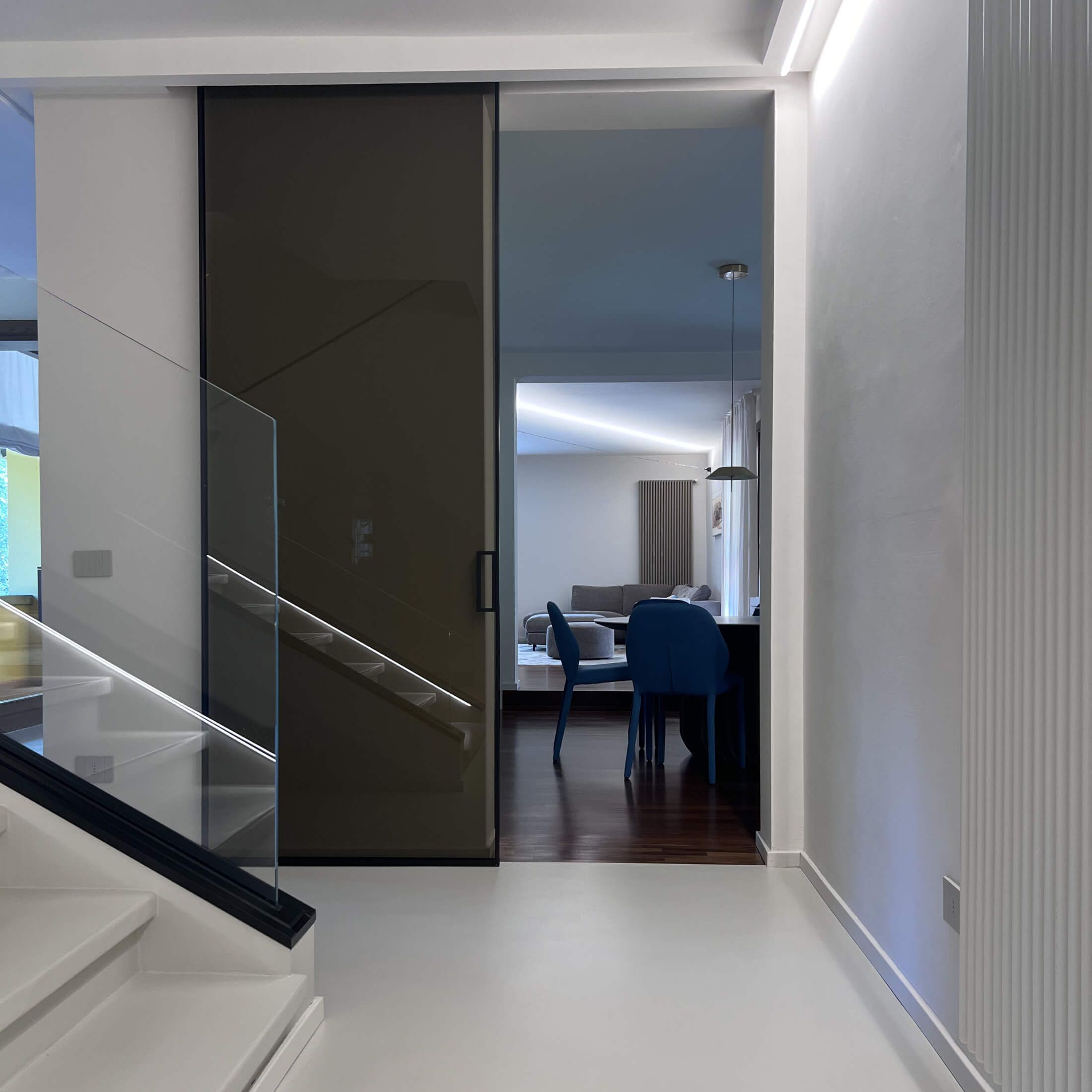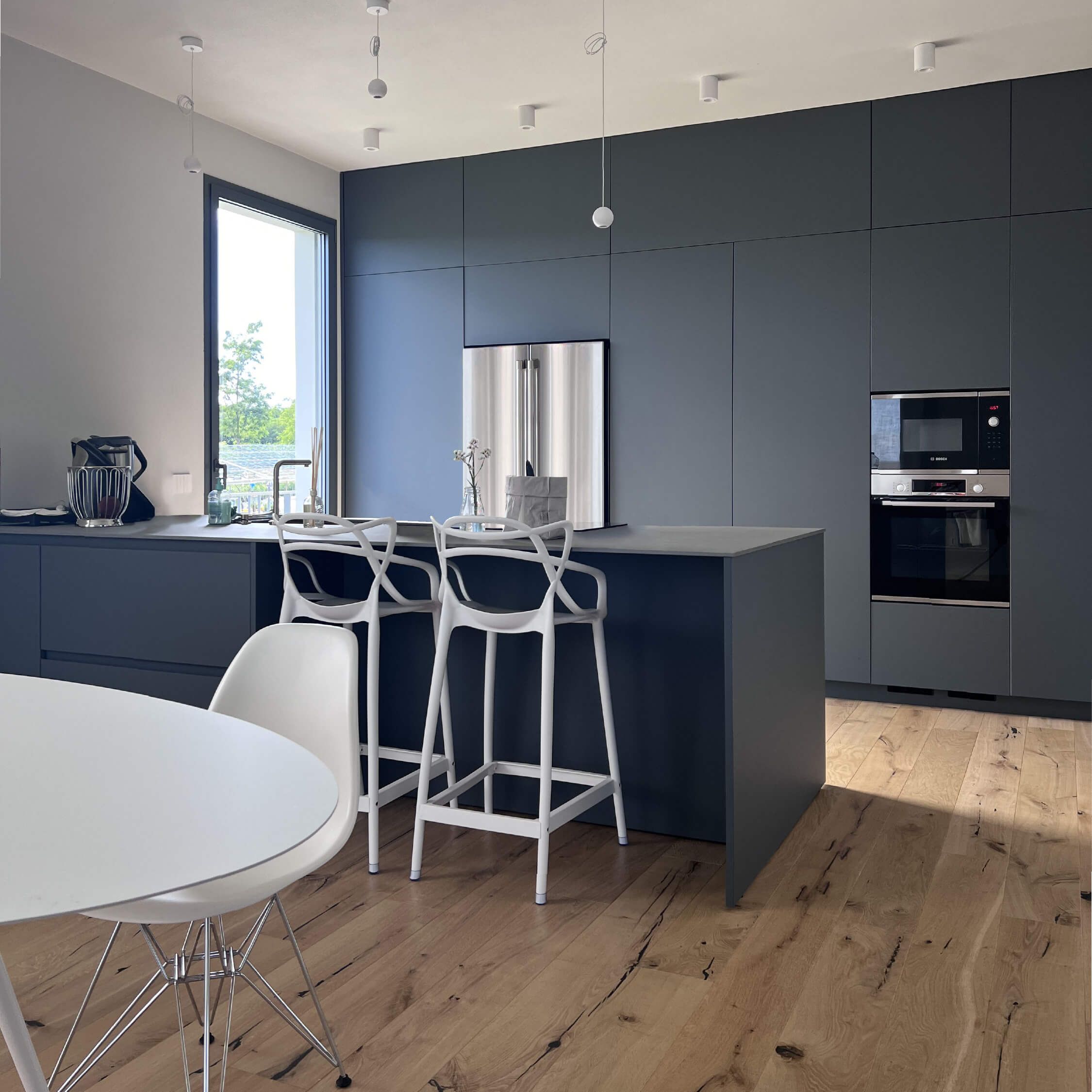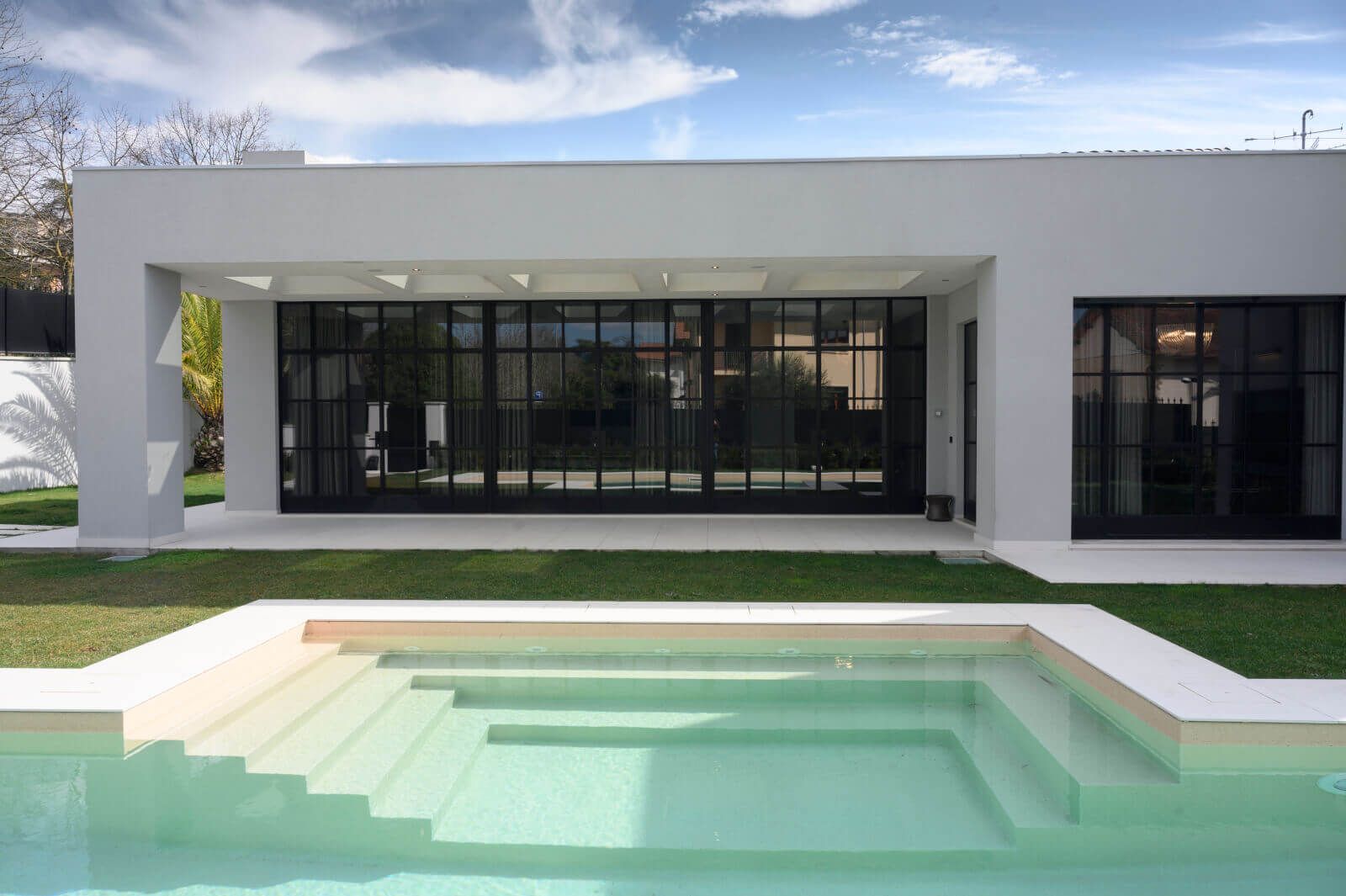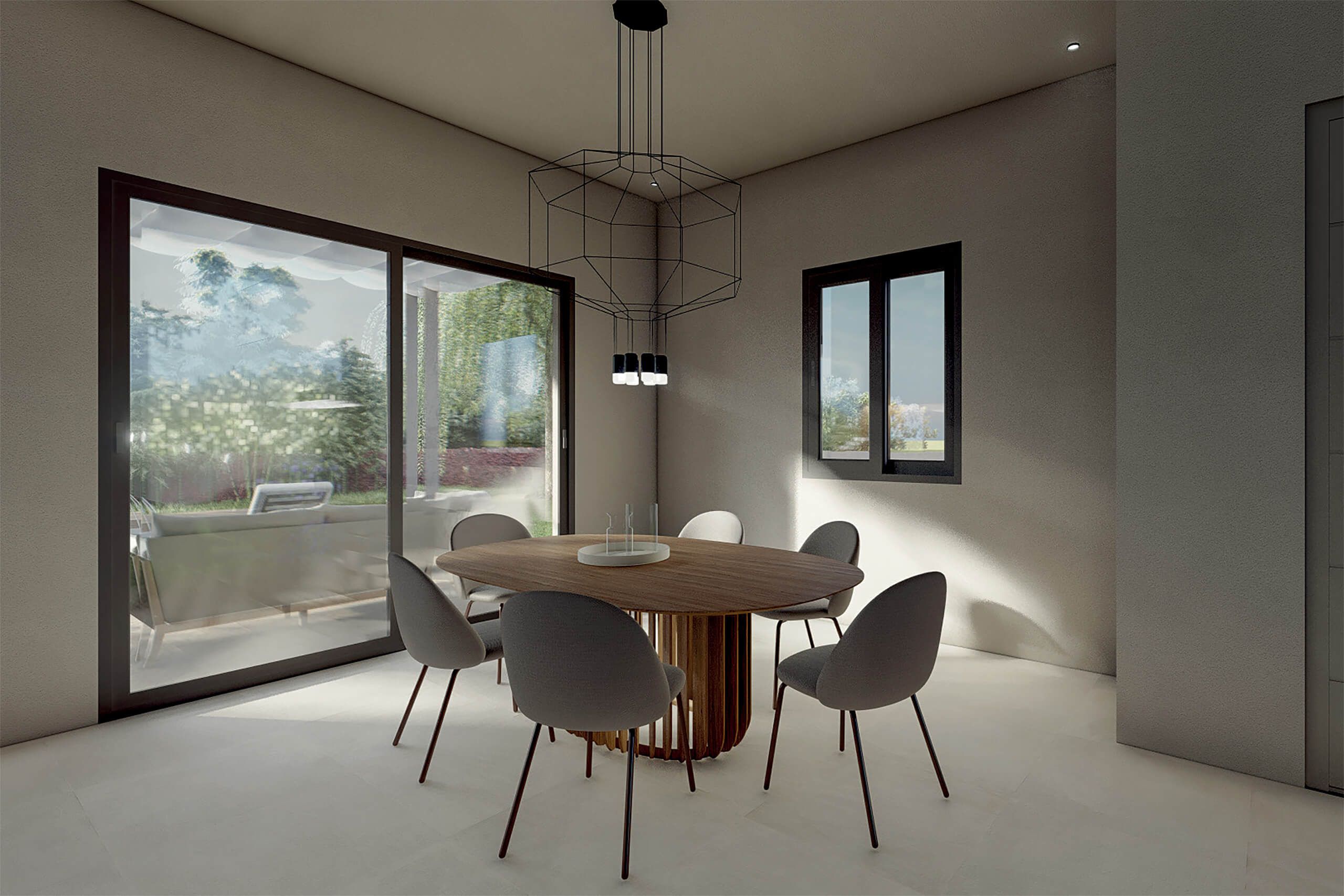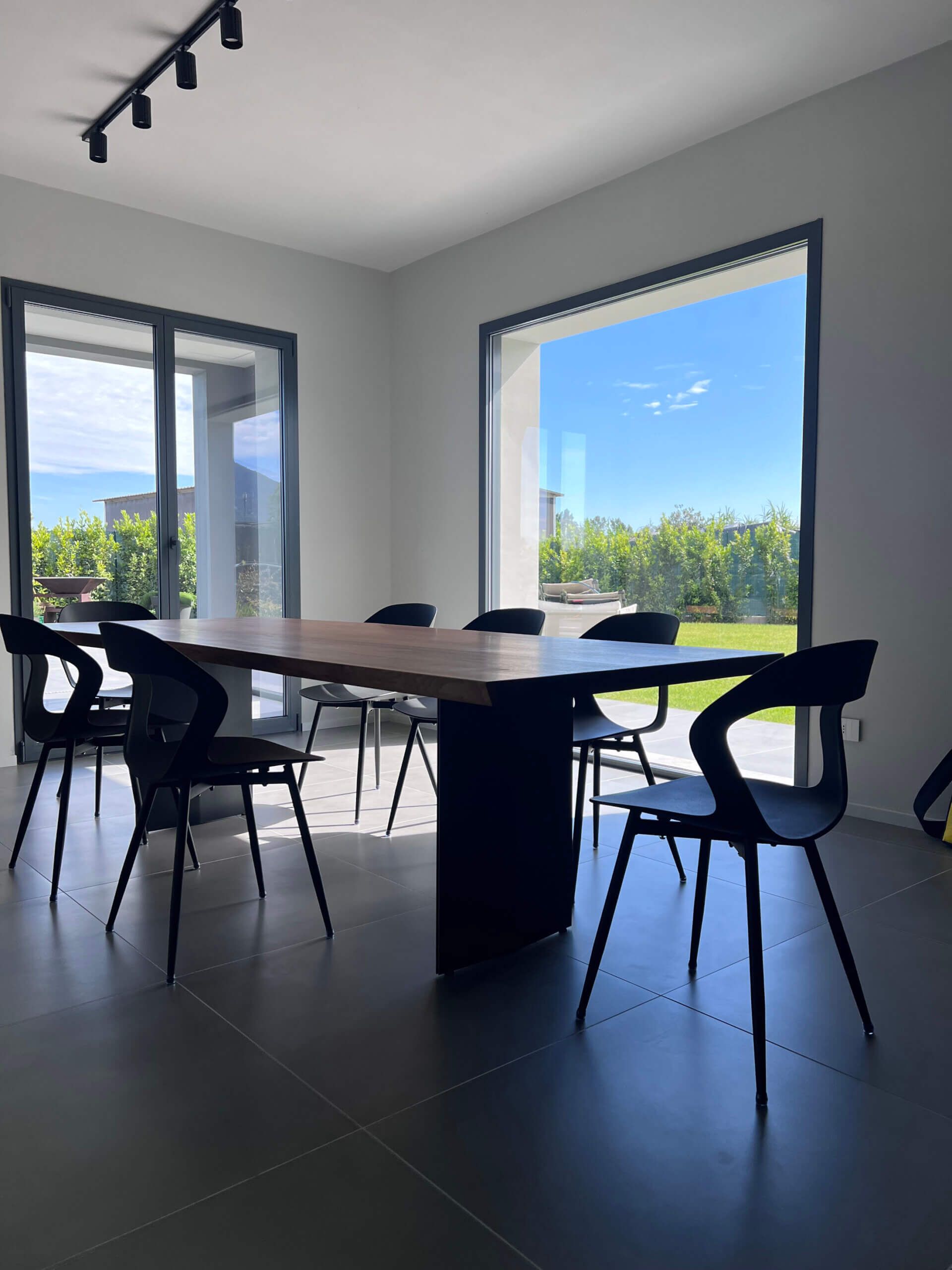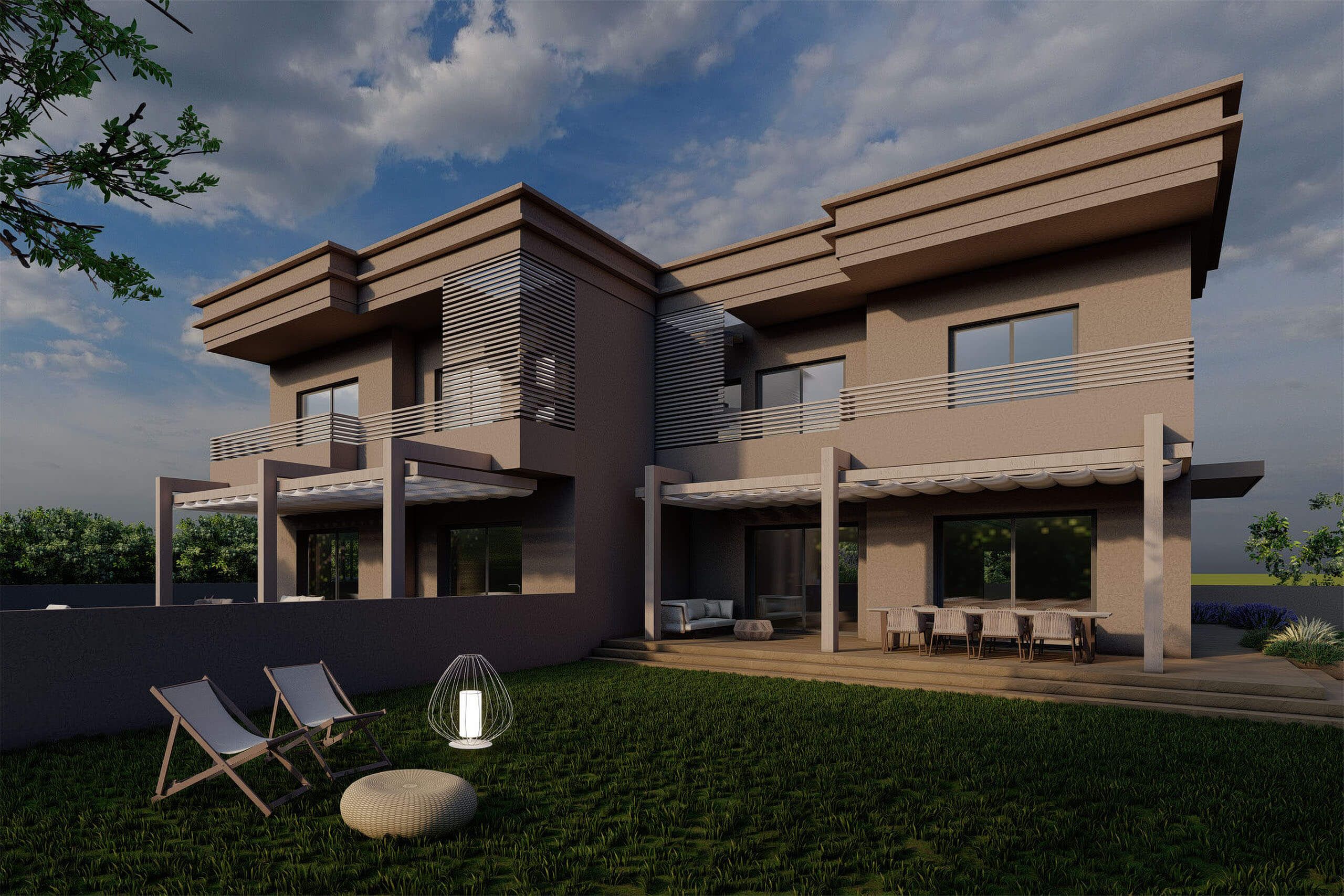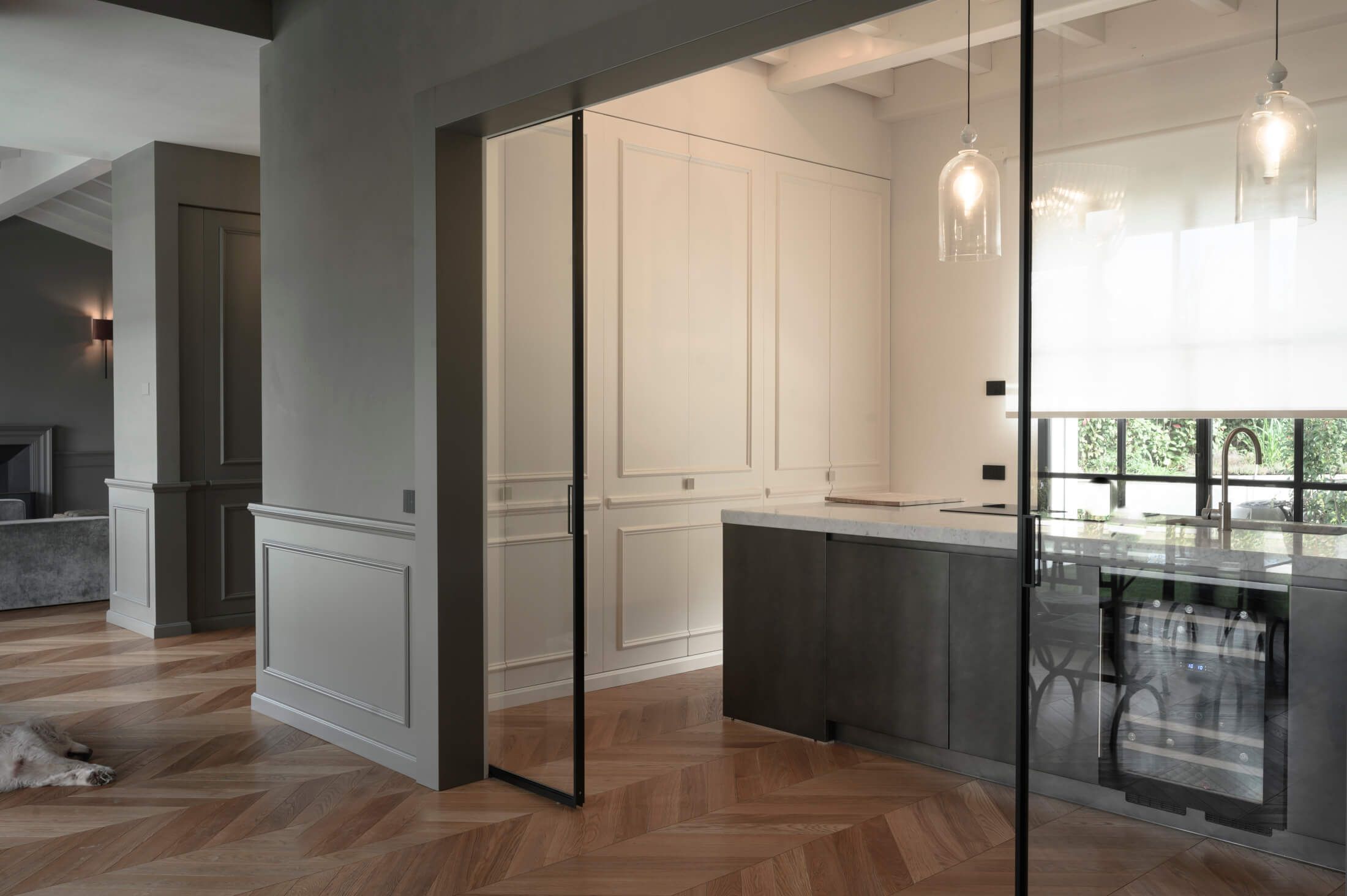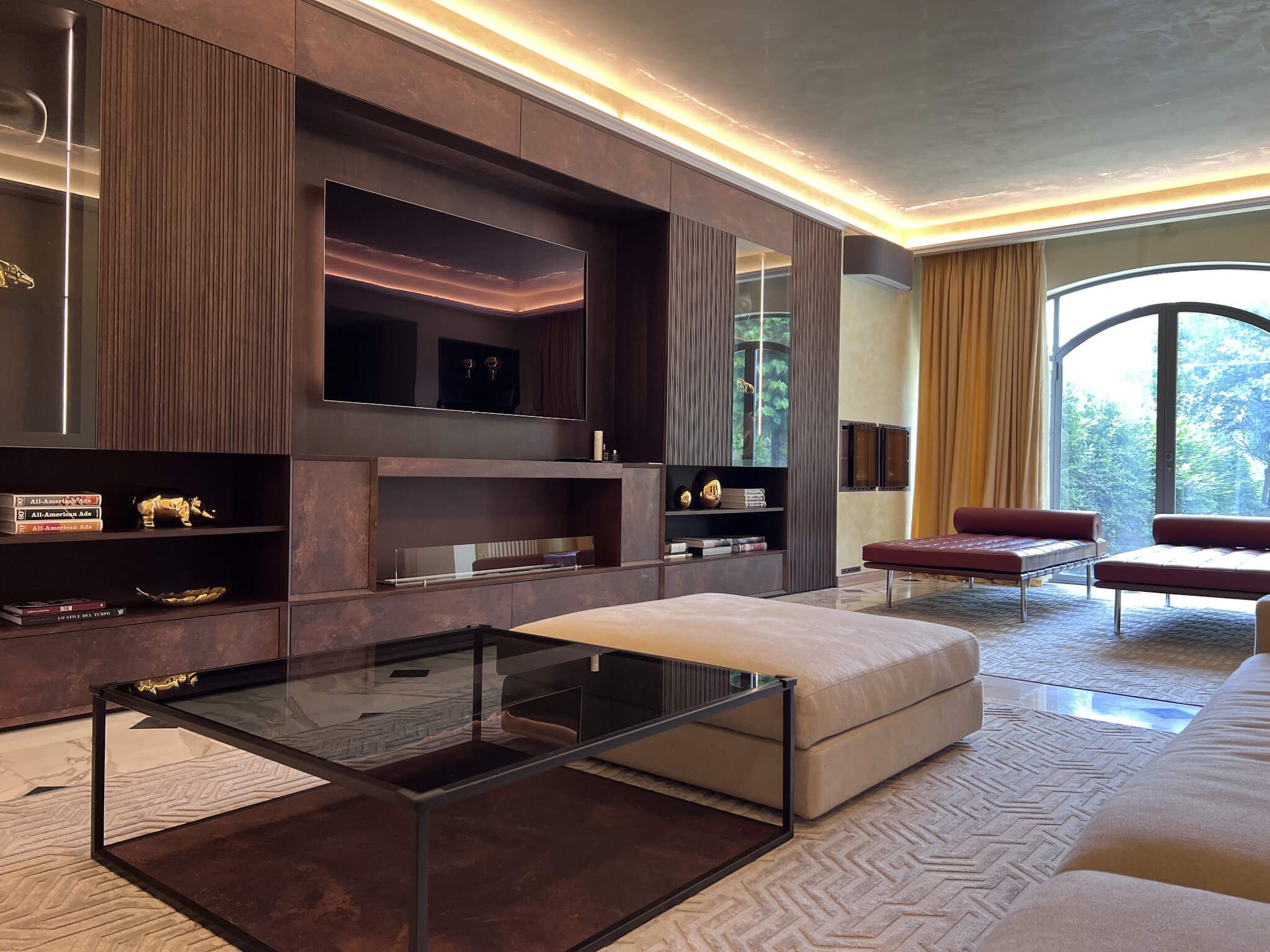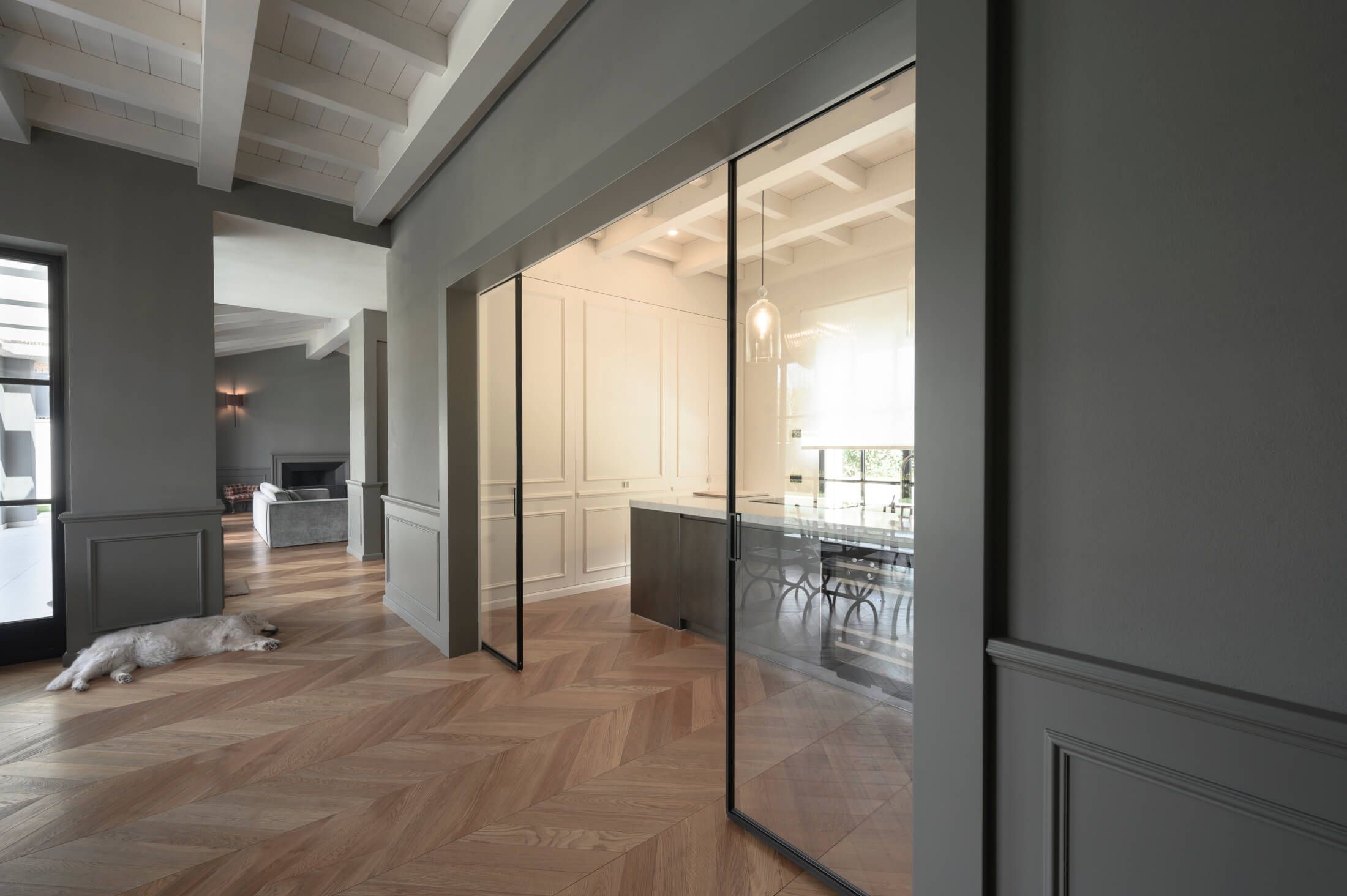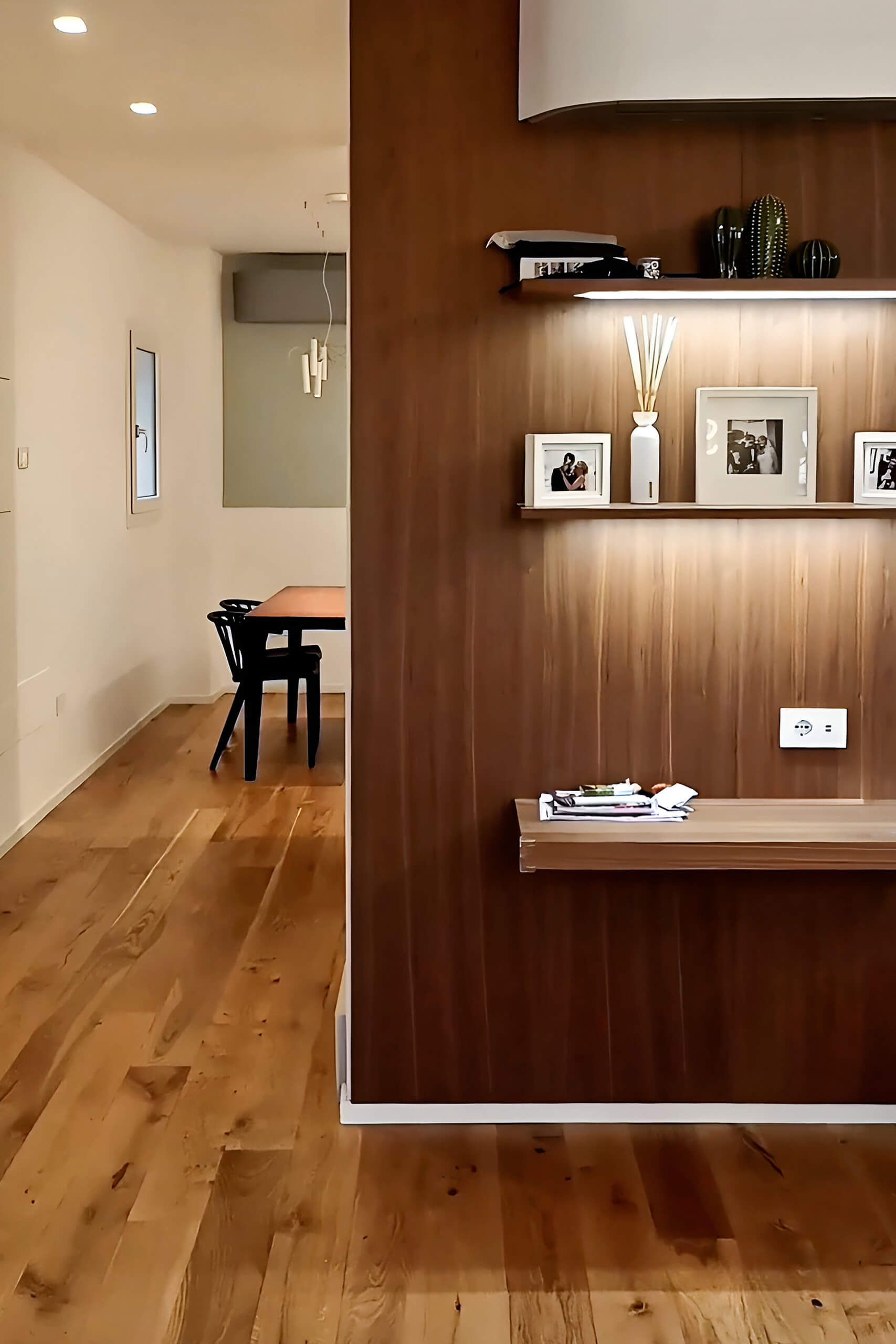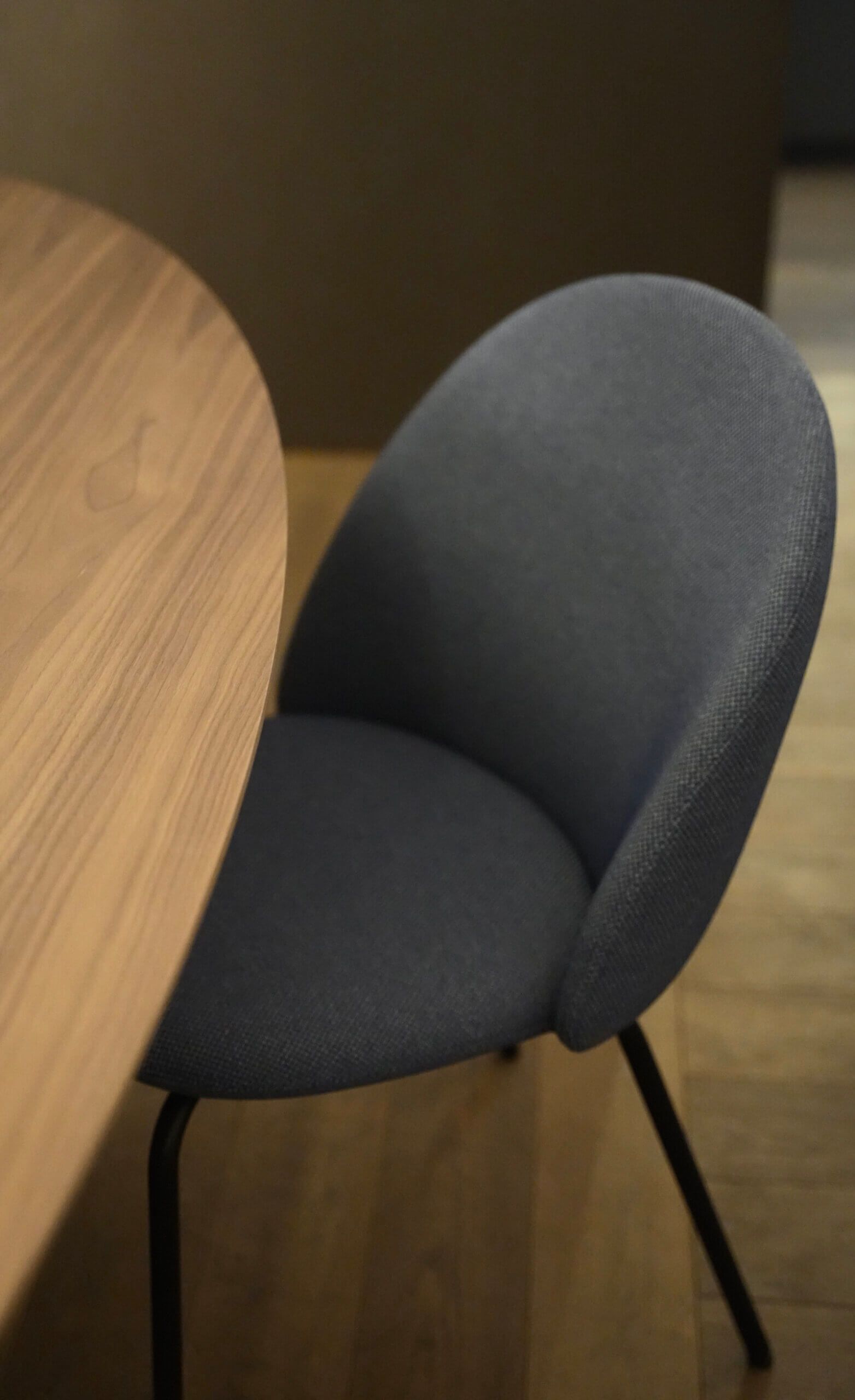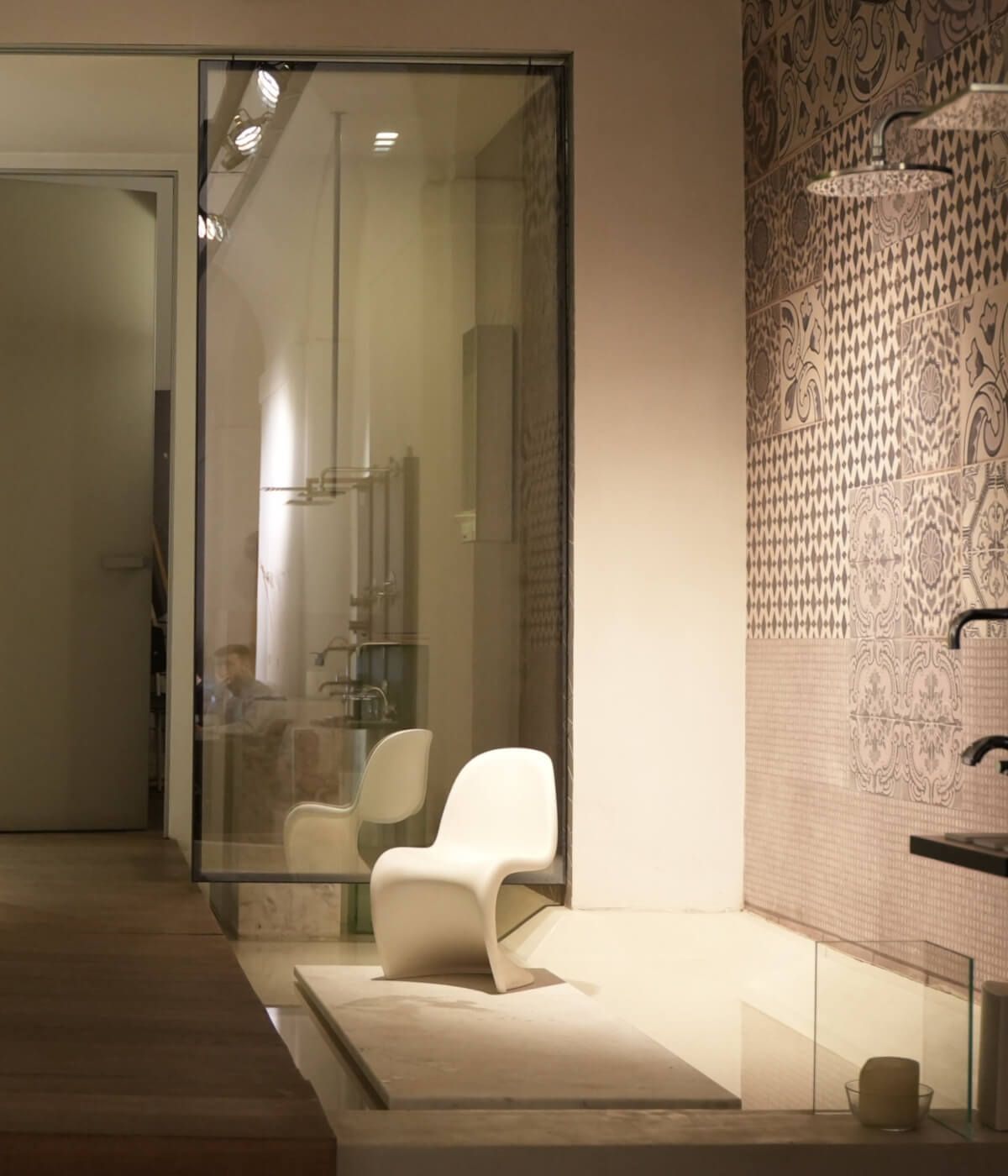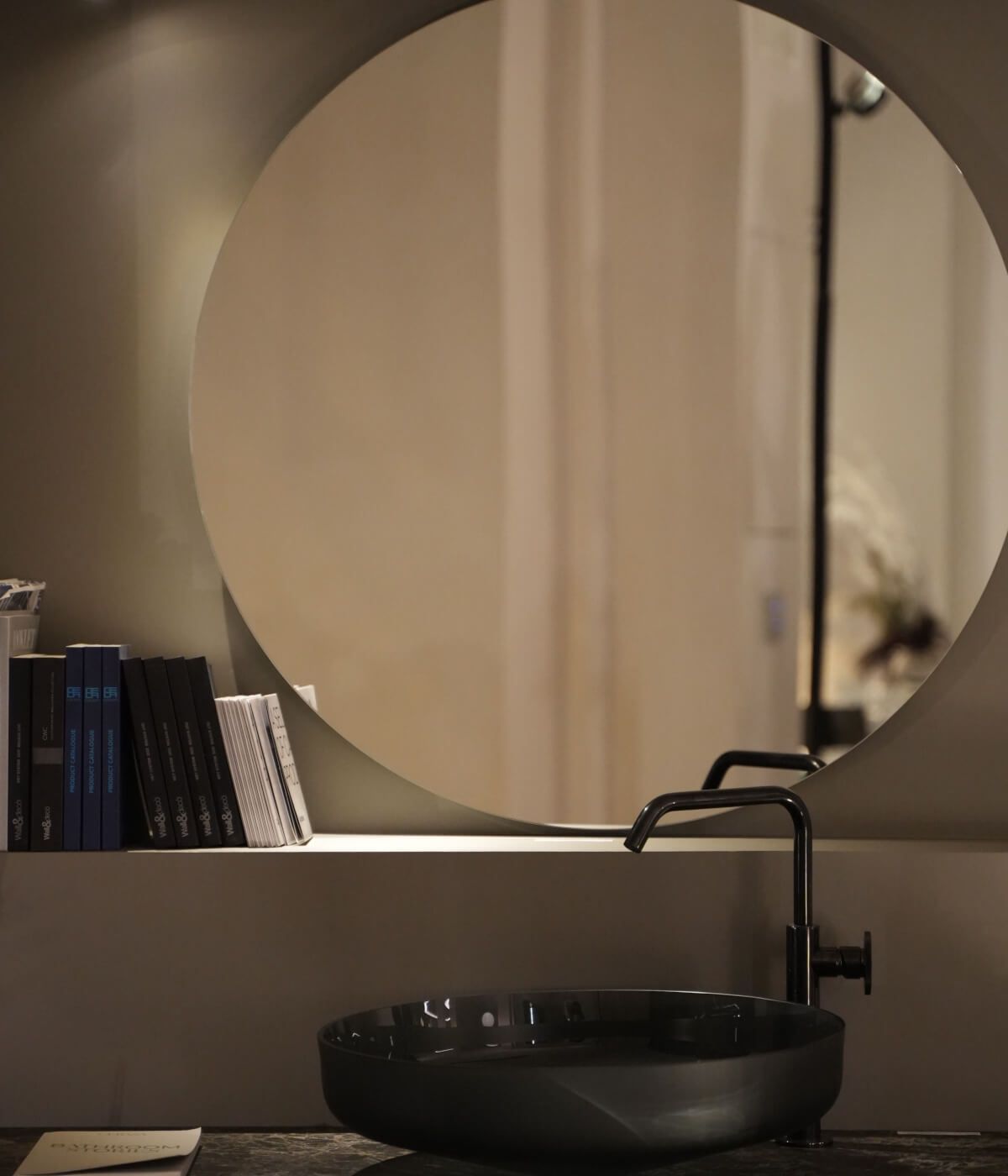Why an architect should collaborate with an interior designer
In the world of architecture and design, the boundaries between expertise are increasingly fluid. Yet it is in the complementarity between architect and interior designer that the value of a successful project is born. When structure meets the experience of lived space, the result is not only aesthetically consistent, but functionally harmonious.
Two distinct roles, one shared vision
The architect defines the volumes, the openings, the relationship between the building and its context.
The interior designer moves within those spaces, shaping them for everyday experience: light, pathways, materials, tactile proportions.
Collaborating means:
- Avoiding overlaps and inconsistencies
- Optimizing time and resources
- Making the most of every square meter
Key benefits for the architect
1. A richer and more complete design
The dialogue between the two figures allows them to delve into aspects that often escape pure architectural analysis: usability, visual comfort, tactility of materials.
2. Practical support in the execution stages
The interior designer coordinates supplies, craftsmanship and finishes.
A valuable ally in ensuring design consistency even in detail.
3. A more client-centered response to client needs
Often clients fail to translate their needs into design choices.
An interior designer helps the architect bridge this gap with sensitivity and listening.
Collaboration between architect and interior designer is not a luxury, but a strategic asset.
At Seed Homecoming, we have always worked alongside design firms, offering a tailored, operational, and human approach. Because every great project is born from solid synergy.
